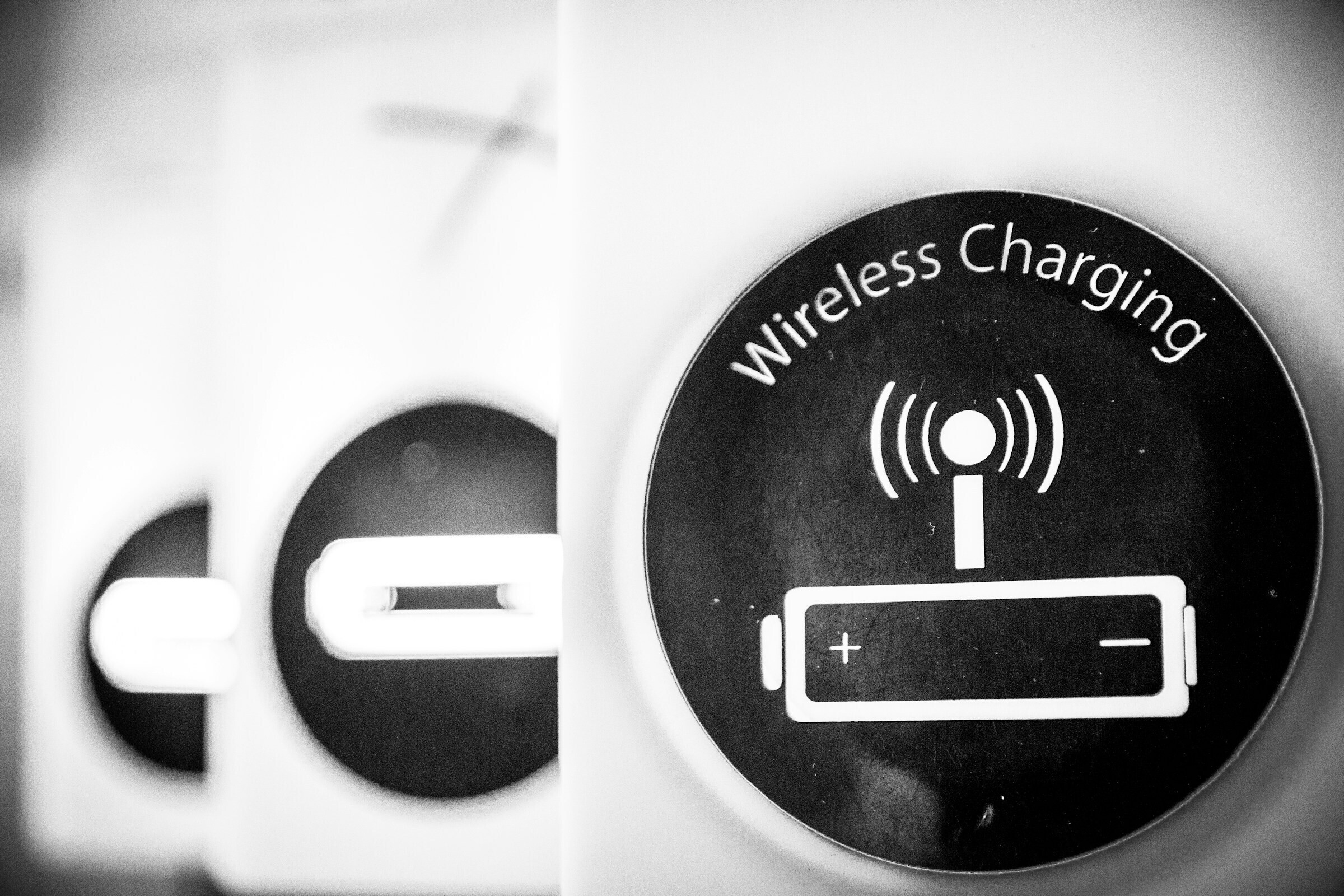Scientists unveil fish-like robot that can explore the deep ocean

Much of the ocean remains unexplored. Image: Unsplash/Sven Scheuermeier
- Scientists from Zhejiang University in eastern China have designed a fish-like robot with a flexible, soft body that can explore the ocean depths.
- The battery-powered robot has already explored the Mariana Trench, which extends nearly 11,000 meters below sea level.
- For years, deep sea submersibles had hard, metal shells to protect the electronic components form the extreme cold and pressure.
- The new soft robots could provide a cost-effective alternative, allowing for groups of robots to be sent down on research missions to the depths.
Watch out, giant squids and anglerfish: There may be a new, artificial addition to Earth’s deep-sea ecosystems.
A research team led by scientists from Zhejiang University in eastern China have designed a fish-like robot with a flexible, soft body to explore the greatest depths of the ocean. The battery-powered robot was tested last November in the Mariana Trench — which extends nearly 11,000 meters below sea level — where it flapped around for 45 minutes without being damaged by the extreme cold and high pressure.
Details of the as-yet-unnamed robot, including its research potential, were published in the scientific journal Nature on Wednesday.
“It wasn’t so long ago that we discovered fish in the deep ocean, so soft submersibles for exploring the depths of the sea are really a scientific frontier,” Zhou Haofei, the study’s co-author and a professor of engineering mechanics at Zhejiang University, told Sixth Tone.
The robot has two wing-like fins on each side of its body, like a manta ray, and is about the size of about two hands. The electronic components are embedded in soft, silicone-based materials, meaning the machine is capable of squeezing through tight spaces, Zhou said.
The team released an identical robot fish in the South China Sea at a depth of more than 3,200 meters to test its ability to perform exploration-related tasks. The robot glided, flapping its fins, and disappeared into the darkness.

Unfortunately, the team wasn’t able to retrieve the device because it wasn’t equipped with a navigation system.
For years, submersibles sent to the depths of the ocean have had hard, metal shells to protect the electronic components inside from the freezing temperatures and crushing pressure.
Previously, soft robots like the one revealed Wednesday — which is modeled after the snailfish, found anywhere between the ocean’s surface and 8,000 meters — had only been tested in shallow waters, Zhou said. If they are demonstrated to be effective, he added, their lower cost means scientists could design entire schools of them, capable of working together to carry out commands.
“The ocean is so massive, it’s impossible to rely on a single robot to explore everything,” Zhou said. “There’s a lot of room for improvement, such as adding communication functions so the robot can transmit the data it collects.”
Don't miss any update on this topic
Create a free account and access your personalized content collection with our latest publications and analyses.
License and Republishing
World Economic Forum articles may be republished in accordance with the Creative Commons Attribution-NonCommercial-NoDerivatives 4.0 International Public License, and in accordance with our Terms of Use.
The views expressed in this article are those of the author alone and not the World Economic Forum.
Stay up to date:
Science
Related topics:
Forum Stories newsletter
Bringing you weekly curated insights and analysis on the global issues that matter.
More on Emerging TechnologiesSee all
Dr Gideon Lapidoth and Madeleine North
November 17, 2025






